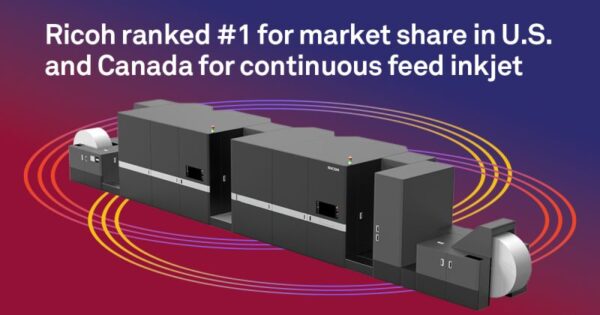For the last decade and longer, dealers have been asking which of the manufacturers is going to sell. The most logical choice was Toshiba, the smallest of the Big Six. However, Toshiba Tec kept confounding the skeptics by remaining very profitable.
Leave it to the Japanese to come away with an innovative solution. It is called integration which enables consolidation. Ricoh’s strength has always been that they were number one in the domestic market. It was always considered their cash cow. By combining the manufacturing resources of Ricoh and Toshiba, manufacturing and development costs will be significantly reduced.
What Does the Integration Between Ricoh and Toshiba Mean to North American Dealers?
What does that mean for North American office technology dealers? The landed cost of both Ricoh and Toshiba will be lower. That is our opinion. At the same time, both companies reduced manufacturing capacity in a declining market while maintaining a strong independent brand.
This will take some time to integrate. It cannot be done overnight. Things will, of necessity, remain the same for both companies. In this scenario, there are no losers. Toshiba will receive an improved product offering. Ricoh comes away with a much lower manufacturing cost in the A3 and A4 segments.
We know the big question will the products all look the same? The interiors will be the same, the skins will be different, and we do not expect them to have the same look. The real question is how long will this relationship last?
A Fix for Ricoh and Toshiba
Both companies needed a fix, and they got it. As we said, lower manufacturing costs to produce MFPs. At the same time, what about production print products? This area cannot be affected, at least, we see it that way. Ricoh will continue to invest heavily in this space and remain a significant player for years to come.
The new relationship will allow Toshiba to gain private-label products, commencing with light production. This is the best possible approach for the consolidation of manufacturing in the office space.
This should also strengthen both manufacturers’ product offerings in the lower segments and reduce costs. They may be repetitive, but the news is a breath of fresh air. We envision this integration will take at least two to three years before we start seeing the results of this joint effort.
Obvious Concerns
Scott pointed out the obvious concern in his comments in his article about the partnership—product parity. MFPs are going the route of a commodity, and in that situation, manufacturing cost is paramount. Prices will continue to decrease, and this new partnership puts both companies in a perfect position to address and maintain sustainability.
That is what this merger or joint effort or whatever you want to call it is all about. It is what we just uttered, sustainability. We agree with Scott’s closing of his article on this breaking news, “This could signal the beginning of a new era for the office technology industry, particularly around product development.”
We will take it one step further. This solves major problems for two of the Big Six MFP manufacturers and will enable them to compete far more effectively for the rest of this decade.
Read the article from Nikkei Asia.
_________________________
To become a subscriber, visit https://thecannatareport.com/register or contact cjcannata@cannatareport.com directly. Bulk subscription rates are also available upon request and included in our media kit.




